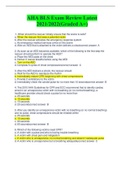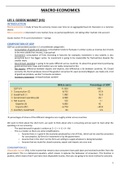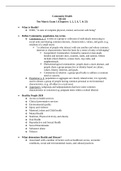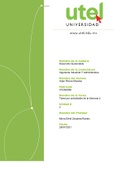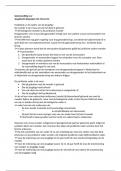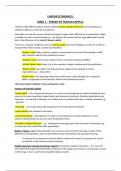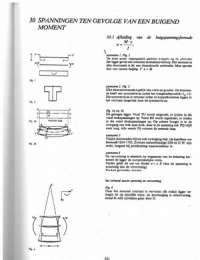Samenvatting
Summary of the Knowledge Clips Week 1
- Instelling
- Universiteit Van Amsterdam (UvA)
A very detailed summary of the knowledge clips from week one, discussing the first three required readings. I also wrote down the additional information of the voice over, so it's not just a copy of the slides.
[Meer zien]






